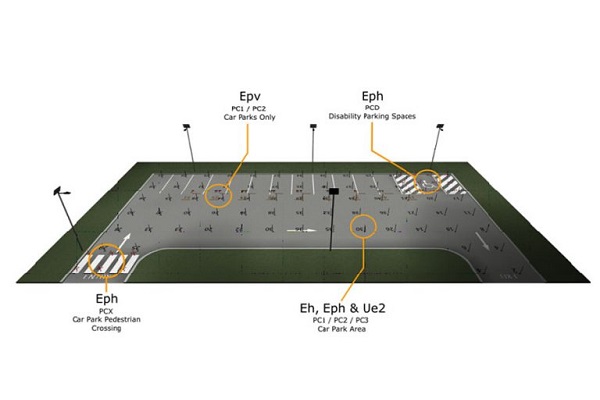Sensor-driven solar lights and complying with AS/NZS 1158
Solar lighting has become recognised as a reliable solution across the country. John Warren writes about what electricians need to know on the standards side of the business.
In many instances, solar lighting has a lower lifecycle cost than mains power lighting, especially in areas that are challenging to connect to power.
ADVERTISEMENT
Many of these solar lights use sensors that dim and boost the light when activated by heat or movement (a pedestrian or a car). One of the main reasons for this is because it’s extremely resourceful use of the energy harvested, leading to cost savings in the long run.
On the surface, this seems like a smart thing to do.
Additionally, instead of just the cost savings, by using solar street lighting where it’s not feasible to connect power, installers encourage nighttime use of cycleways and pathways, helping people get out and exercise after dark.
Adding this same lighting technology to car parks can significantly increase the safety of users too. This is where it is, in many cases, imperative to provide lighting that complies with Australian and New Zealand Standards.
For this reason, the Australian and New Zealand lighting standards provide parameters to adhere to, for pathways, cycleways, car parks and minor roads, the AS/NZS 1158 3.1 2020 Pedestrian lighting is generally utilised.
To be compliant, the two main factors that need to be factored in when solar lights with sensors are being considered are:
- The levels of lighting must be based on the lowest level of lighting at any stage throughout the evening. It simply does not comply if it is measured off the bright mode of the solar light.
In other words, to comply with the relevant subcategory nominated, lux levels must be at the stated minimum required, for the entire night.
- Generally solar light sensors only have a range of approximately 8m, and most car park and pathway/cycleway solar light poles are more than double this distance apart.
What this means is when a car moves through the car park, or a pedestrian moves down the path, often the surrounding lights have not been activated into the bright mode. The result is lux levels significantly below the stated requirement to comply with these lighting standards.
A ‘meshed network’ sensor system that turns all the lights to the bright mode when a vehicle or pedestrian is detected in the facility, may eliminate the problem of sensor range, however, the facility will still not comply as it drops below the stated lux levels required by the standards when there is no activity.
In most instances, particularly when the pathway/cycleway, or car park, is open to the public or staff, it is recommended to provide constant all-night light, this removes this question of compliance, thus reducing or eliminating the risk of litigation if an incident occurs at the site and the lighting is scrutinised.
One of the major considerations is ensuring the solar light will gain sufficient power during the day to ensure the light is reliable and consistent at night. A cost-effective way to do this is to install a fully adjustable solar panel that can be orientated towards the equator and is set to the most optimal angle. This topic has been covered in depth in the previous edition of Electrical Connection.
In 2020, the Australian and New Zealand pedestrian (P) category lighting standards were updated. Some of the most relevant changes to pathway/cycleway lighting requirements that need to be noted are that either side of the cycleway/path requires 5m to be lit to 50% of the lighting parameters of the path itself, to provide users with extra safety and feeling of safety being able to see on either side of the path.
The main exception to this requirement is if the pathway is within 5m of another property or boundary such as a wall or fence.
Also, an exception can be made when the pathway is through an ecologically significant area where lighting more than the pathway is deemed to potentially disrupt the nocturnal patterns of wildlife.
Another change in the 2020 update is that at the lowest level of pathway subcategory lighting (PP5 which was comparative to the former P4), there is now a vertical illumination requirement at the 1.5m height, although at a very low lighting level. The exception to this is if the lighting source is below the 1.5m height like a solar bollard light.
This article was written by Orca Solar Lighting, an Australian outdoor solar street lighting company. To delve deeper into the pros and cons of adaptive solar lighting, visit the Orla Solar Lighting website for more information and technical papers.
-
ADVERTISEMENT
-
ADVERTISEMENT


